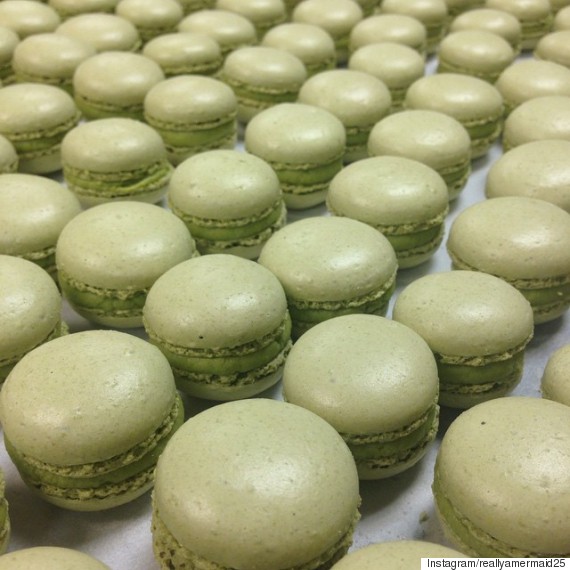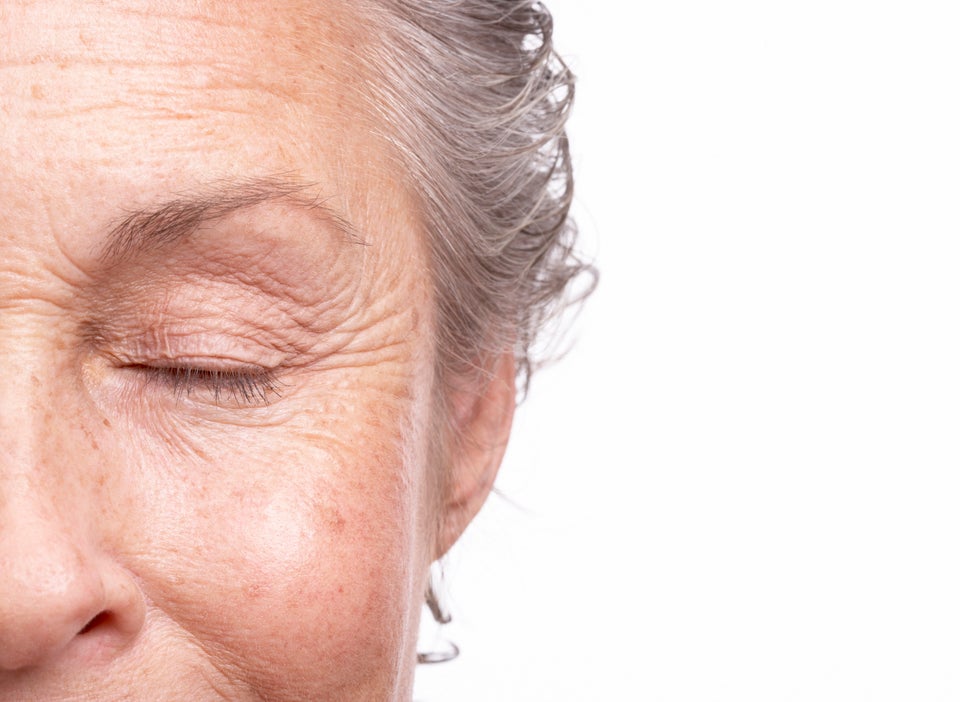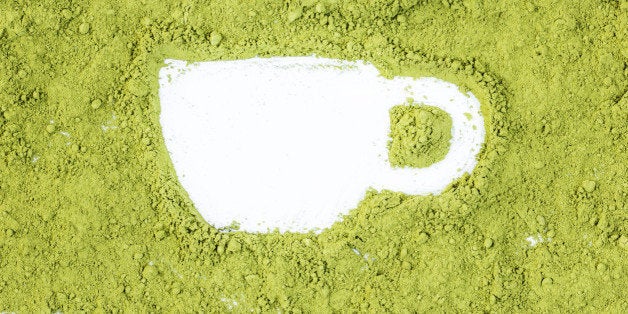
If you're all about your local coffee shop, you've probably noticed a new menu item in recent months. It seems like matcha lattes, matcha desserts and matcha smoothies are everywhere these days, and their vibrant green hue is being documented all over Instagram.
So, what makes this specific form of green tea so special? Let's take a closer look.
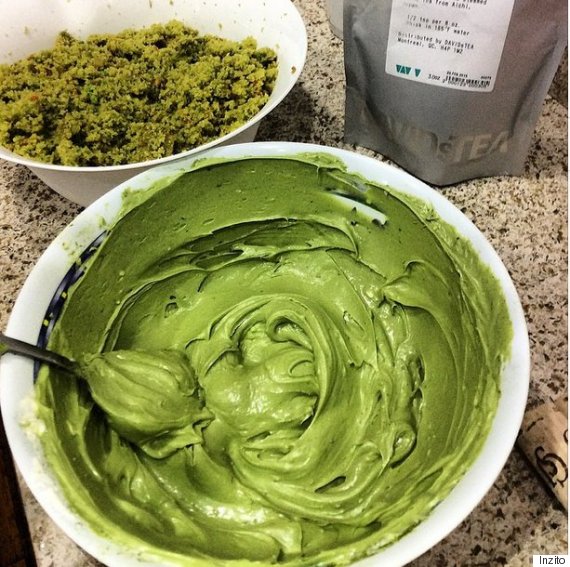
Instagrammer @Inzito makes matcha funfetti cake bites.
What it is
Hailing from Japan, matcha is a powder made of stoneground green tea leaves. Because of the way it's ground, drinking it provides the same benefits you would get from actually eating a green tea leaf.
"Matcha gives you more of an antioxidant boost than other types of green tea," Dawn Jackson Blatner, RD, told The Huffington Post. "Most green tea leaves are steeped in water. With matcha, you're actually drinking the whole powdered leaf. It’s strong, so you really only need 1/2 teaspoon per serving."
According to a study published in the Journal of Chromatography A, matcha tea has three times more epigallocatechin gallate, or EGCG, as regular green tea. EGCG is a catechin, or a phytochemical compound that acts as an antioxidant to fight cancer, viruses and heart disease.
Matcha is also said to be great for an energy boost. David Mandelbaum and Jessica Lloyd, the couple who started the matcha company PANATEA, say that with only 34 milligrams of caffeine and high levels of amino acids like L-theanine, drinking a serving of matcha gave them a feeling of "calm alertness" and kept their energy levels up for three to six hours without the jitters and crashes that came with drinking coffee.
How to prepare it at home
Matcha lattes to go may be an easy way to get your fix, but the tea can also be prepared at home with the right tools. Matcha kits typically come with a bowl, bamboo whisk, scoop and container of matcha powder. Although instructions vary depending on the kit, typically a small scoop of matcha powder is added to hot (but not boiling) water and whisked until it's frothy and has a creamy taste.
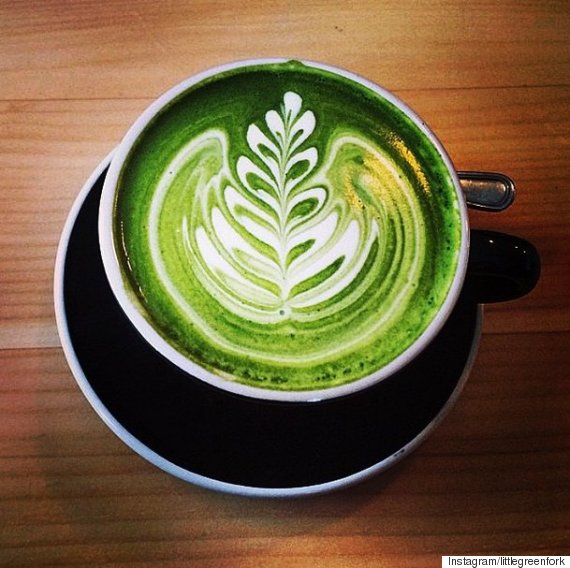
Instagrammer littlegreenfork calls matcha lattes the "best afternoon pick-me-up."
About those lattes...
If your matcha source is your local coffee spot, be warned: Your lattes probably don't have the same benefits.
"Studies show when you have milk with tea, you absorb less of the beneficial catechins," Julie Upton, RD, told HuffPost.
Another thing to watch out for is sugar. Not only is Starbucks' "lightly sweetened matcha green tea with steamed milk" a little high in the calorie department (350), it has a whopping 40 grams of sugar in it -- as much as a can of soda!
Is it really that much better than regular green tea?
Matcha hasn't been studied extensively, but Elisa Zied, RDN, thinks the difference isn't huge.
"Studies suggest green tea intake may protect your heart, skin and bones," she said. "I can't say matcha tea will exert any extra benefits over other teas based on science, but incorporating moderate amounts of any type of green tea in the context of a healthy diet can be a good way for many to stay hydrated and may even confer some health benefits."
We'll let you decide how large of a role you want matcha to play in your life. Until then, feast your eyes on these beautiful matcha macarons.
